Original piece published 30th June, updated 1st July, again on 2nd and 6th August
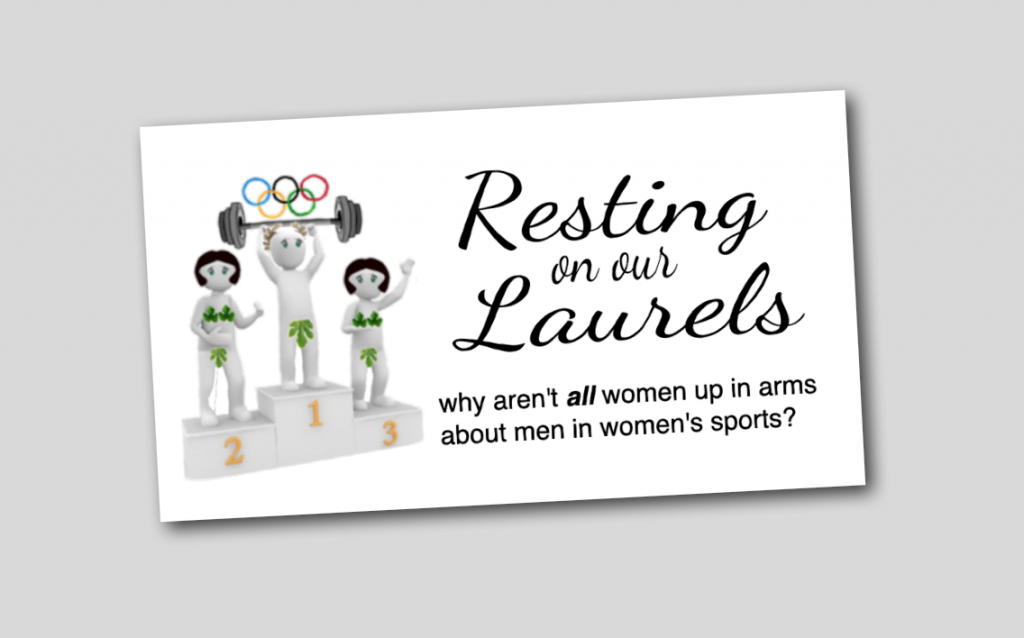
Today I’m writing about weightlifting, but let’s start by having a quick look at what happens when you let boys compete in girls’ sporting categories.
“We all know the outcome of the race before it even starts. It’s demoralising.” reported high school runner Selina Soule.
““I’ve lost 4 women’s state championship titles, 2 all-New England awards & numerous spots on the podium to trans runners.” wrote Chelsea Mitchell, once described as the fastest girl in Connecticut. She says trans athletes make it ‘an unfair fight’. “With every loss, it gets harder & harder to try again. It tells me that I’m not good enough; that my body isn’t good enough; and that no matter how hard I work, I am unlikely to succeed, because I’m a woman.”
Most girls don’t say anything, of course. They don’t dare.
“Female athletes who raise fairness concerns are condemned as transphobic.” writes Fair Play for Women. “This stifles the calm and rational discussion needed to find a resolution. Martina Navratilova was removed from an LGBT advisory board after speaking out, despite her huge contribution to LGBT acceptance in sport. Athletes are fearful of losing team sponsorship and experiencing disruptive protests at competitions. Scientists are vetoed from giving expert opinion in mainstream media.”
Olympic weightlifting has been in the news this week.
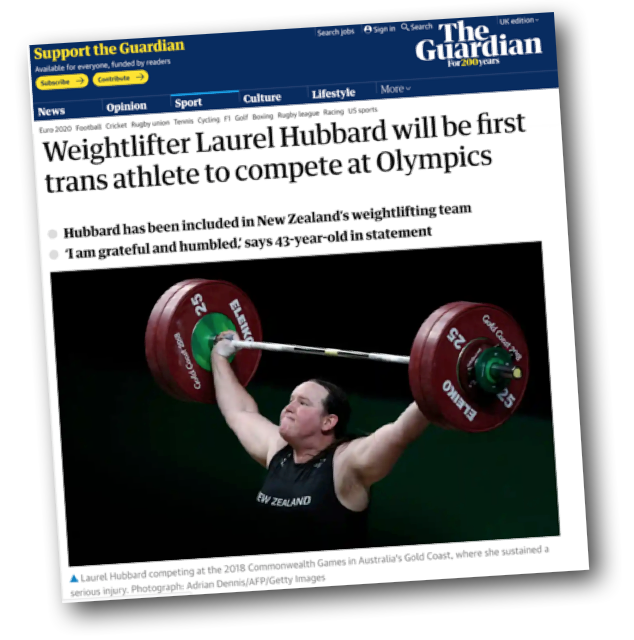 Laurel Hubbard, a 43 year old bloke, who’d had a mediocre career in weightlifting prior to transition, started taking female hormones in 2012.
Laurel Hubbard, a 43 year old bloke, who’d had a mediocre career in weightlifting prior to transition, started taking female hormones in 2012.
Hubbard’s dad is millionaire Dick Hubbard, a former Mayor of Auckland City and the founder of Hubbard Foods.
Hubbard is a male, competing against women, in a sport where strength is the most important thing. From a competitive perspective, the only way for Laurel was up.
In 2017 he won a women’s gold medal at the Australian International & Australian Open in Melbourne and he won a further two women’s gold medals at the 2019 Pacific Games in Samoa.
Hubbard is now ranked seventh in the IWF’s women’s 87+kg division and it has been announced that he has made the New Zealand Women’s Olympic weightlifting team. Hubbard is the oldest weightlifter to qualify for the games, a good two decades older than most competitors.
How has this been allowed to happen?
 In 2015 the International Olympic Committee changed its guidelines, the result of which is that male athletes who ‘transition’ to female can compete in the women’s category without the need for physical castration, as long as their testosterone level is kept below 10 nanomoles per litre for at least 12 months. These rules means that Hubbard can compete on the women’s Olympic team.
In 2015 the International Olympic Committee changed its guidelines, the result of which is that male athletes who ‘transition’ to female can compete in the women’s category without the need for physical castration, as long as their testosterone level is kept below 10 nanomoles per litre for at least 12 months. These rules means that Hubbard can compete on the women’s Olympic team.
It seems reasonable to assume that Hubbard will be the first of many.
Anna Vanbellinghen a super-heavyweight lifter from Belgium, has previously said of Hubbard’s competing in women’s sport, “anyone that has trained weightlifting at a high level knows this to be true in their bones: this particular situation is unfair to the sport and to the athletes.”
Tell me what you want, what you really, really want
Why a man should have ever been able to compete as a woman even if he had removed his testicles in the first place is in itself quite baffling. Yes, he has shown he really, really wants to be a woman and he really, really wants to take part in women’s sports.
We all really, really want stuff. I know I do. But life isn’t fair and sometimes we have to make difficult choices, face hard truths and Do The Right Thing.
Removing your testicles doesn’t turn you into a woman however much you might want it to.
Who loses out?
David Walsh writes in the Times “my first reaction is to empathise with the journey that she (Hubbard) has endured to get to where she has“.
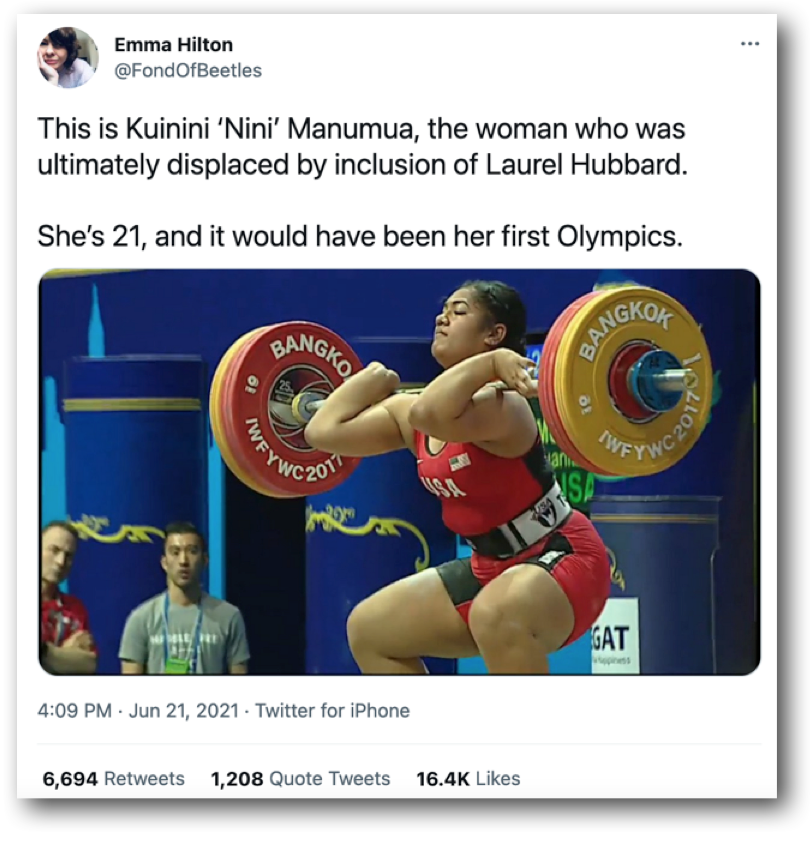 Well, that’s very nice for you, mate.
Well, that’s very nice for you, mate.
My first reaction- and that of many, many women – is to think of the woman who didn’t make it to the Olympics because of Hubbard’s inner gender journey.
Her name is Kuinini Manumua. She is a twenty one year old Tongan.
So not-so-suddenly yet entirely predictably, we now have a man competing in a women’s Olympic category.
While some people believe that we should be able to decide which single-sex spaces and resources we wish to use and that messing around with a man’s hormone levels should give him a valid passport into the realms of women’s sports, others believe that women’s spaces, sports and services should remain the domain of those for whom they were established. Women. Women in the sense of how the word has been used throughout history- to describe adult human females.
Sport is not segregated by gender identity, FFS – sport is segregated by SEX. The fact that it would be completely unacceptable for any journalist in a mainstream newspaper to refer to Hubbard with male pronouns is COMPLETELY BLOODY BONKERS because he is a man.
Yet this is now accepted as completely normal. Suddenly, we are all supposed to accept that the meaning of the word ‘woman’ has changed.
“But language evolves!” cries the woke linguistics undergrad.
Yes, indeed language does, but this is no natural evolution. This is a forced change. Until around the 1970s, children in Welsh schools were discouraged from speaking Welsh in school. Often they were punished for doing so. The aim was to erase, or at very least to subdue, the Welsh language.
In the 2020s there are penalties for those who believe that ‘woman’ is a biological descriptor and that women and girls need safe spaces away from men. The aim is to erase the concept of women as a sex class and rewrite it as a feeling, an inner, personal, self-defined sense of identity.
Women, our language has been literally snatched from us. It’s not that it might happen or that it’s in the process of happening – it has already happened. For those of you who may think I’m exaggerating, it was back in 2018 that Maria Maclachlan was told by a judge to refer to the man who assaulted her as ‘she’.
So now we call men women because they say they are women. And where does that leave women’s sport? Women have our own sporting categories for good reason: so we can show what the best trained, fittest, strongest female bodies are capable of. Women’s sport is not a place for us to parade our gender identities.
Male and female bodies are different- this gives men an advantage
 We need women’s categories because most women are not as physically strong as most men. The rush of testosterone that males experience at puberty not only increases their ability to build muscle but gives them taller, stronger skeletons with bigger hands and longer legs.
We need women’s categories because most women are not as physically strong as most men. The rush of testosterone that males experience at puberty not only increases their ability to build muscle but gives them taller, stronger skeletons with bigger hands and longer legs.
These are permanent advantages that don’t go away simply because a man lowers his testosterone levels by taking female hormones.
It isn’t just the male skeletal structure that becomes super-powered.
Otago University professor in physiology Alison Heather says, “after transitioning a trans woman’s muscle mass, lung capacity and muscle memory all remain the same.”
In ‘Harder, better, faster, stronger: why we must protect female sports’, Emma Hilton observes, “males have greater lung capacity, a higher VO2 max (the amount of oxygen consumed during high intensity exercise), a bigger heart with faster stroke rate and higher levels of haemoglobin and thus can oxygenate their muscles more efficiently.”
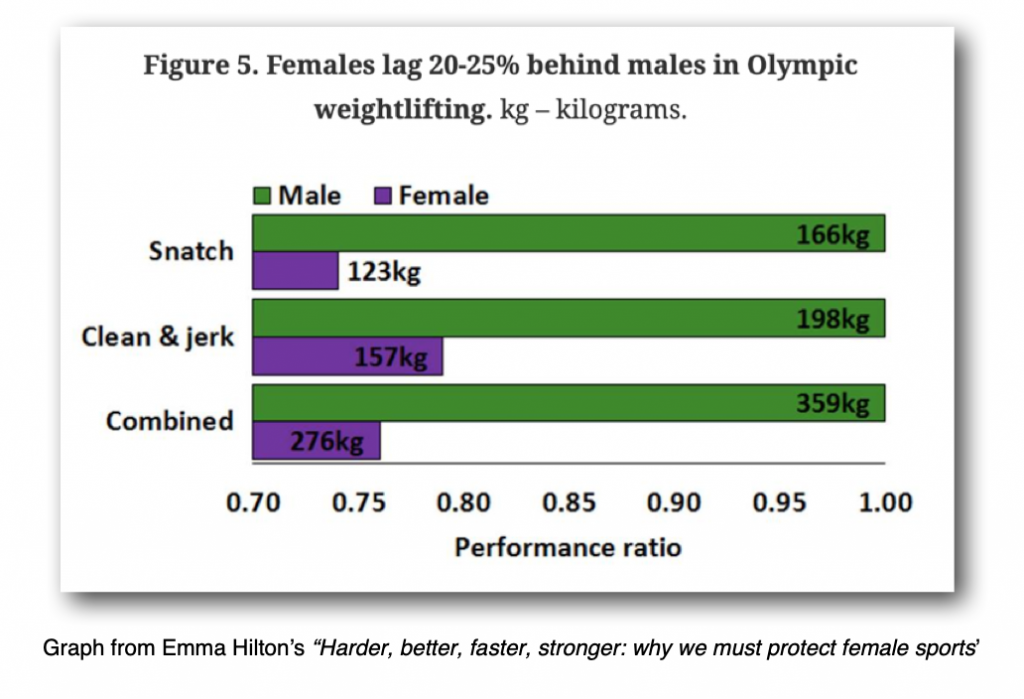 Hilton explains that females lag 20-25% behind males in Olympic weightlifting.
Hilton explains that females lag 20-25% behind males in Olympic weightlifting.
Not only is the male record holder for the 69kg category a vast thirty percent stronger than his female equivalent, but he “can outlift the female record holder in the top category, a female who has a 4 inch height advantage and over 6 stone of weight on him.”
“Laurel Hubbard was born male and has benefited from a testosterone driven puberty,” Nic Williams of FPFW told LBC. “Hormone therapy doesn’t eliminate that advantage, so where should Laurel be? Well, in the male category. That’s what that category is for.”
“Of course Laurel Hubbard should be allowed to compete- but as a man,” transexual and human rights activist Miranda Yardley told GB News. “The issue here is not trans people being banned from sport, it’s about people competing in a sex class which is fair.”
One woman’s choice
While the governing bodies of sport are deciding what exactly makes a woman- a question which already has a perfectly good answer- actual women are being discriminated against on the grounds of their biology.

Kim & Sophie, from Gaucher’s Instagram
Canadian basketball player Kim Gaucher gave birth to baby Sophie in March. She has been told that because of COVID restrictions she cannot bring her baby with her to Japan if she competes.
Kim will have to make a really tough call: miss out on the chance to compete in the Olympics or leave behind her breastfed baby.
A choice only a woman will ever have to make, and a choice she can’t identify out of.
Women speaking up
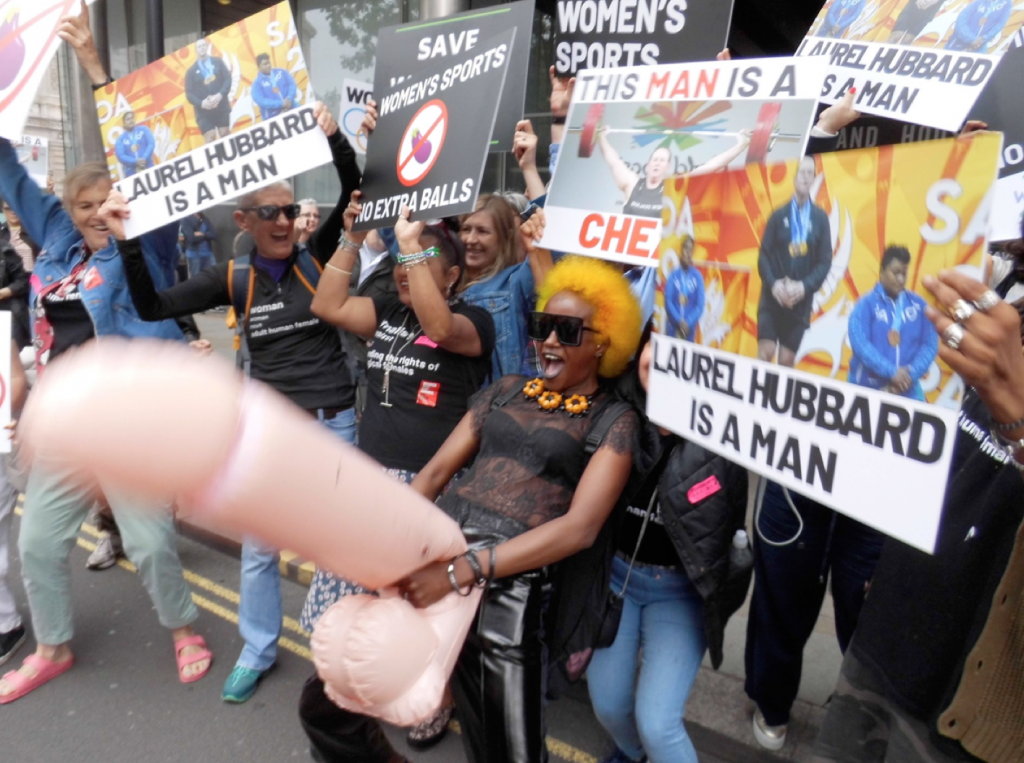 On Sunday a group of women met at Speakers’ Corner and marched through London to protest outside the New Zealand High Commission.
On Sunday a group of women met at Speakers’ Corner and marched through London to protest outside the New Zealand High Commission.
Their banners read ‘this man is a cheat’ and ‘Laurel Hubbard is a man’ and ‘women’s sports- no extra balls’.
These women are willing to stand up and say that Laurel Hubbard should not be competing in the Olympics, or any man in any women’s sporting event. They believe that there is no place for men- be-testicled or otherwise- in women’s sport.
You can see a video of the protest on YouTube, here.
Which brings me to the big, big questions. Women, why are we resting on our laurels about this? Why is EVERY woman not out in the streets protesting at the shocking flippancy with which women’s sport is being chucked away for the whims of confused men?
This is quite possibly the biggest mass-gaslighting scandal of the last fifty years.
I spoke to one woman who attended the protest, the photographer behind ‘Tones of Monochrome’ photography. She told me:
“I took part in & photographed the protest outside of the New Zealand embassy on Sunday. I went because I don’t believe it’s fair for males to compete against women, they have distinct physical differences and that in turn gives them a huge advantage. Mediocre men are winning gold medals simply because they’re being allowed to complete as women, because gender is being conflated with sex. For every male competing women miss out, from the women who don’t get through the qualifying stages to the women not on the winning podium: at every stage women are pushed out in the name of inclusion.”

“If we continue to allow males to compete in women’s sports,” she added, “how long before there are no women on the podium at all? How long before women think ‘what’s the point?’ Women fought hard for their rights to play sport, something that men have always taken for granted.
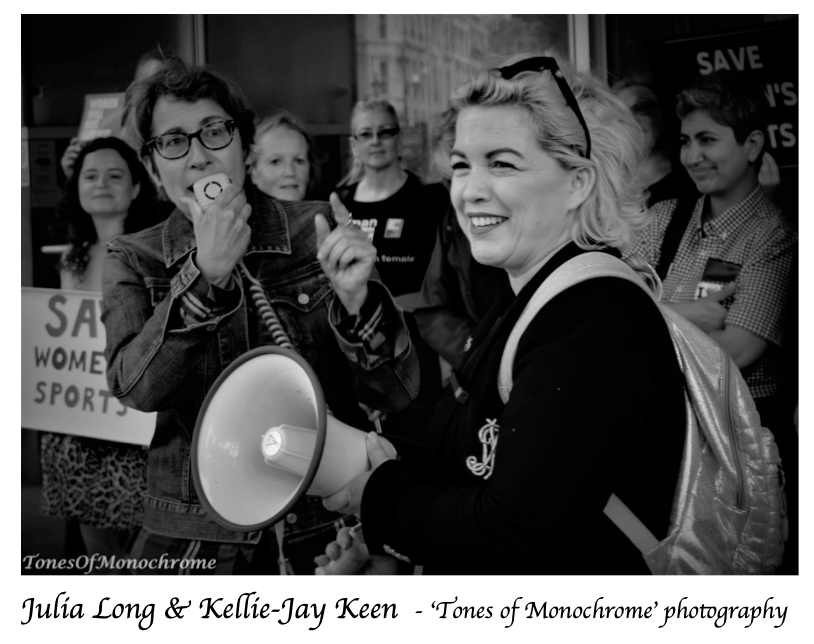 The atmosphere at the protest was fantastic, especially the singing led by Dr Julia Long & Kellie J.
The atmosphere at the protest was fantastic, especially the singing led by Dr Julia Long & Kellie J.
All of the women were holding banners, talking to passers by about the protest & explaining why sports need to stay sex-segregated. Toward the end of the protest a large music demonstration came past many of which joined in with us, it was a fantastic protest with a real party atmosphere which hopefully will make a difference & make people aware of what’s happening in women’s sports.”
#stickerwoman
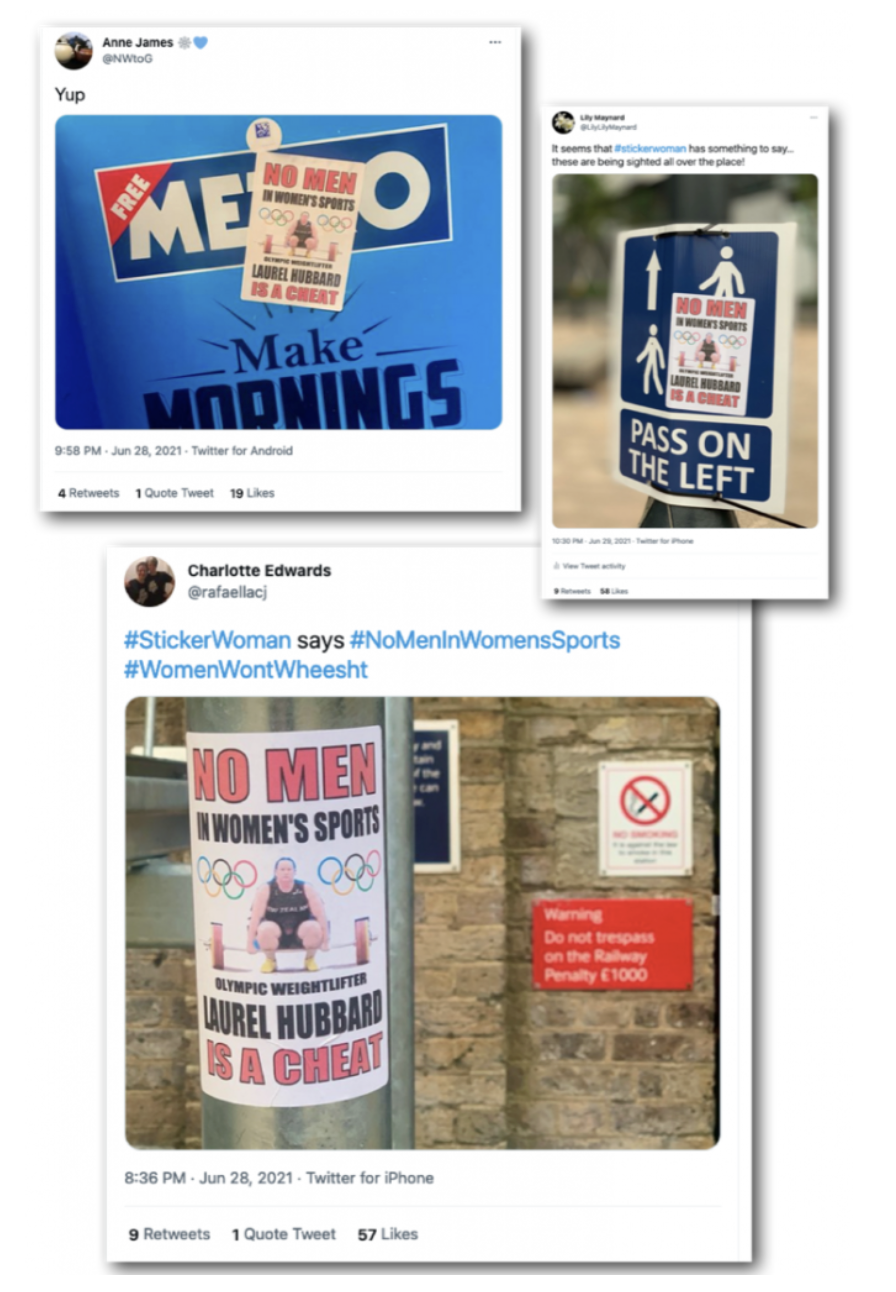
I also see that #stickerwoman has been making her objections known.
All these actions have, of course, been called hateful and transphobic.
But wait, what’s this? There have also been other, larger marches going on. On one, transactivists brandished a sign calling for JKR to be killed. Some claimed the sign had been photoshoppped or was fake, but then Sebby popped up to confirm that it was real. (Sebby’s twitter account has since been locked.) Speculation that the ‘artist’ concerned has done time in prison for attempted murder is unconfirmed.
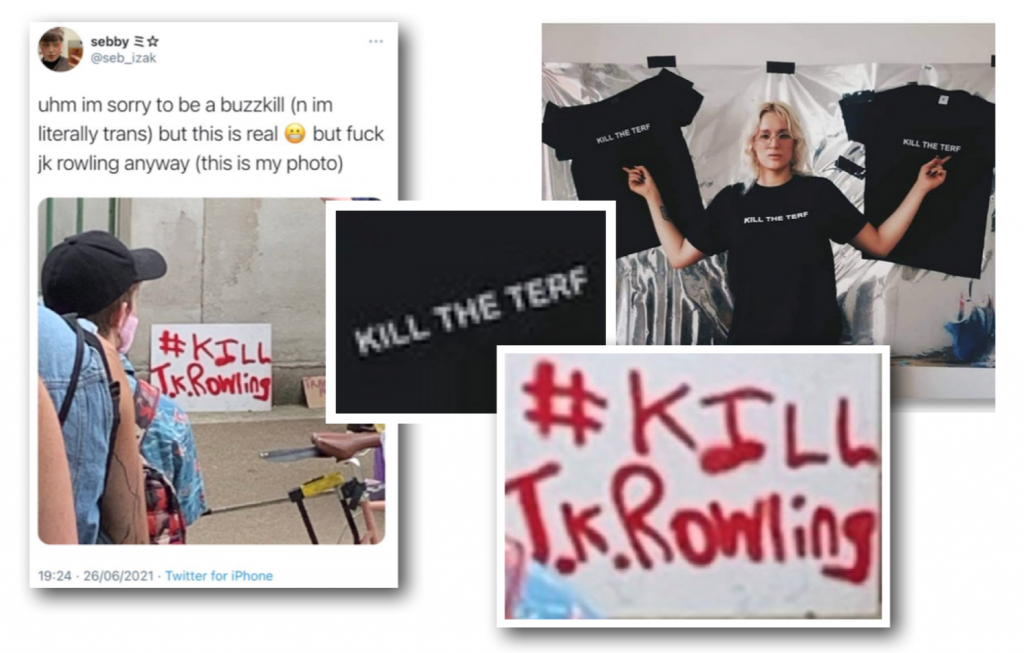
On another march a fragrant blonde was spotted in a ‘KILL THE TERF’ T shirt. He has since appeared for a chat on Spanish TV and appears to be selling the shirts on facebook.
So, while one side calls for violent murder, the other engages in peaceful protest, putting up stickers and mucking around with an inflatable penis.
Conclusive proof that there is wrong on both sides.
Update 1/7/21
This is great news! Although they aren’t admitting exactly why the decision has been made and the details are a little unclear, the Secretary General of Tongass National Olympic Committee has announced that a special application has been made and approved, and Nini has now been given the all clear to go to Japan.
 “She’s going, I can confirm that,” he told Radio Australia. “We applied for a tripartite universality place for either a male of female weightlifter, and it’s been confirmed that Nini was successful in our application.”
“She’s going, I can confirm that,” he told Radio Australia. “We applied for a tripartite universality place for either a male of female weightlifter, and it’s been confirmed that Nini was successful in our application.”
He tactfully speculated that “maybe some lifters are pulling out, or some have been caught for doping” but it seems likely that the exception has been made because of the glaring unfairness of Nini missing out in the first place. When asked how he felt about Hubbard’s presence at the Olympics he replied diplomatically.
“You know I can’t really say much of it, because we haven’t really fully discussed this issue but maybe after the games or maybe we need some time to probably sit down and look at the horizon and work our way around and make a proper comment on that.”
Congratulations to Nini on her selection.
Update 2/8/21
The women’s heavyweight Olympic weightlifting final took place this morning. Medal winners were Li Wenwen (China, gold), Emily Campbell (GB, silver) and Sarah Robles (USA, bronze). As we all now know, Hubbard crashed out of the final heats of the women’s Olympic heavyweight weighlifting event, failing to win a medal.
“This is 18-year-old Roviel Detenamo from the tiny & poor nation of Nauru whose Olympic career should have begun today. Instead the IOC wasted her place on the vanity project of 43-year-old Laurel Hubbard. Why do male feelings always trump female rights?” tweeted journalist Janice Turner.
Fair Play for Women published an article, ‘Who should be competing for female medals at Tokyo 2020?’ accompanied by this graphic.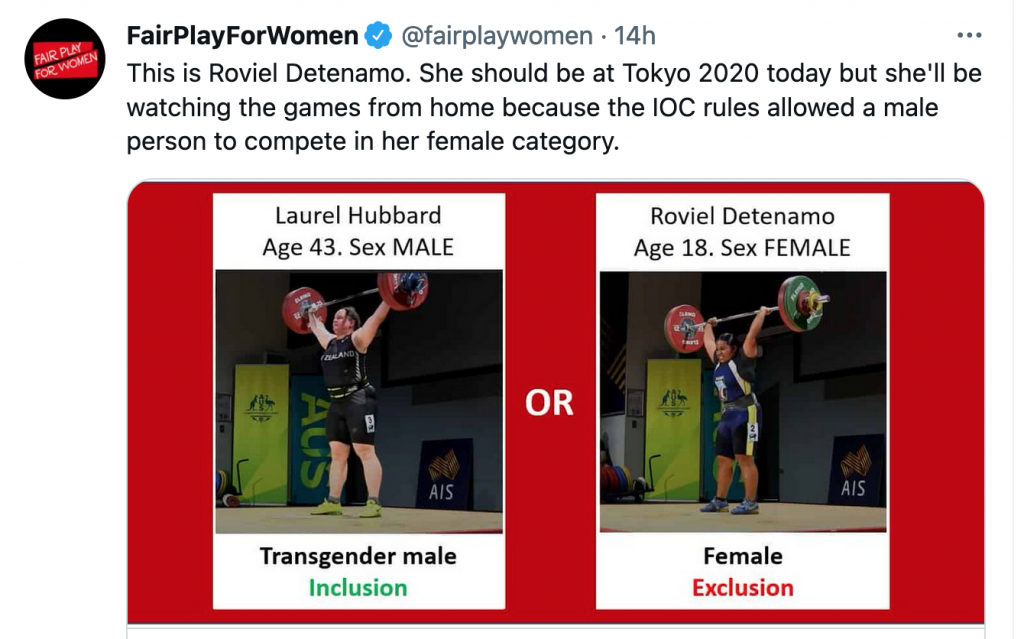
Nini was able to attend, but of course, that extra place could have gone to a different woman, who I am told is eighteen year old Roviel Detenamo. When a man takes a woman’s place it’s always a lose for a woman somewhere.
I missed the performance, not being subscribed to any of the premium channels which showed the event live – the BBC, despite calling it a ‘groundbreaking moment’ were either unable or unwilling to provide us with the footage.
And Hubbard, after one failed attempt to lift 120kg and two failed efforts at 125kg in the snatch, was out.
“The various reasons seem to include ‘not trying too hard’ as was fairly widely predicted. “ observed Father Jack on Twitter.
“The barbell falls behind a disappointed Laurel Hubbard in Tokyo” is the caption to a picture in a Guardian article titled “Laurel Hubbard’s Olympic dream dies under the world’s gaze” – but even in that picture it appears that Hubbard is already smiling.
There is a clip of the last lift, on Twitter. Hubbard did seem remarkably ufazed by his loss as the bar dropped behind his back. He beat his chest lightly with his fists, rather as a baby might, made a heart shape with his hands and smiled broadly, leading many to wonder if perhaps the prize of inclusion in the women’s event and global affirmation of womanhood was a greater prize than a medal could ever have been. Or perhaps he was just being a good sportsman. You decide.
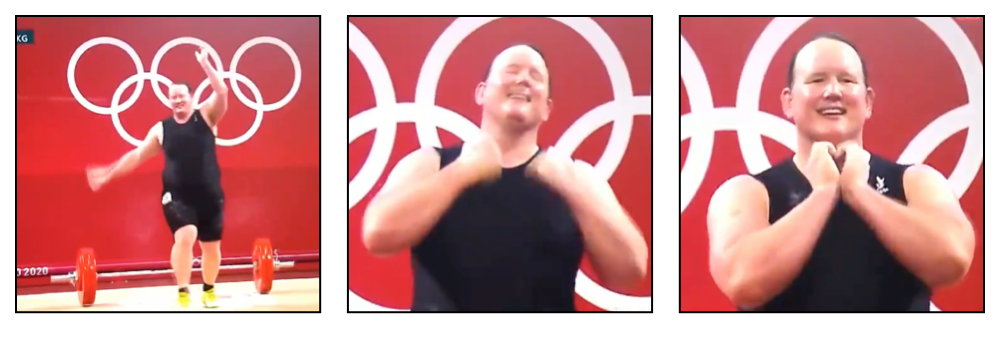
The winner

21 year old LI Wenwen from China won gold in the event.
While some suggested Hubbard had thrown the prize on purpose, others pointed out that Li Wenwen is just ‘a million times stronger’ and that Hubbard had never come close to matching her lifts.
“The 21-year-old appeared to lift with ease 140kg in the snatch and 180kg in the clean and jerk, setting records in both.” reported olympics.com. “She claimed a third with her amassed score of 320 points, which was just outside her world record of 335.”
It is unlikely that we will ever know whether Hubbard threw the event or not. My guess is that he couldn’t have beaten Wenwen- or any of the other medal winners- even if he’d tried. It’s not that important in the bigger picture, except to the athletes involved. He was never tipped to make a clear win. And it’s not really the point. What is really important is that unless we can knock this gender nonsense on the head, this really is the beginning of the end for women’s sports.
There is hope on the horizon in that the International Olympic Committee plans to release new guidelines for trans-identifed athletes within the next two months, after admitting current guidelines are not fit for purpose.
A few days ago the Guardian reported that Dr Richard Budgett, the IOC’s medical and science director, was now claiming that the ‘science had moved on’ and new guidelines would focus on safety as well as fairness.
Sounds great! No men in women’s sports then?
Well, no, sadly that doesnt seem to be the conclusion reached. The Guardian reports that Budgett also “made clear that inclusion remained important, and it would be up to each sport to find the “sweet spot” between safety, fairness and inclusion.”
Oh come on, seriously. There is no ‘sweet spot’. It’s blindingly obvious, and always has been, that men should not compete in women’s sports. Ever. Because if they do, it’s no longer women’s sport.
“I think it is up to the whole international sports movement and particularly the international federations to make sure they do protect women’s sport.” he added.
Well, this is brilliant, right?
Hold your glitter covered unicorns…
Then the science and medical director- yes, the SCIENCE & MEDICAL DIRECTOR- of the Olympic Games concluded:
“The other important thing to remember is that trans women are women. You have got to include all women if you possibly can.”
Update 6/8/21
Claire Chandler, senator for Tasmania, gave a powerful speech on the subject of Hubbard’s inclusion. You can see the clip here.

Claire Chandler
“Roviel Detenamo could have become the first woman in 20 years to qualify to represent Narew at the Olympic Games: she could have been in Tokyo proving that if you have the talent and the work ethic, even a teenager from a nation of 12,000 people can make the Olympics and compete on the same stage as world champions from China and the USA. But we didn’t witness that. Because Rovio was denied the opportunity to become an Olympian: one of the most celebrated and respected titles in the world. That honour was instead given to a 43 year old biological male Laurel Hubbard, who was allowed by the IOC to participate in the women’s 87+kg category. Hubbard, now has, for life, the title of being an Olympian solely due to the extreme advantages Hubbard has as a biological male. Nobody can dispute that Hubbard is male; is miles off Olympic standard for a male, yet somehow qualified for the Olympics for the first time as a 43 year old. Competitive sport- let alone the Olympics- is not a participation exercise. Yet what we saw last night was a sub-elite lifter competing in the wrong sex category and the wrong weight category, displacing a female from one of the world’s smallest nations, so that the IOC could call themselves inclusive. You cannot have a clearer example of why we have separate female and male sporting competition, and why it’s so unfair to female athletes to allow males into their categories. Then they label it offensive to talk about biological males and females, taking away the language needed for women to raise objections. Female athletes, at every level, are being told fairness in their sport and sporting competition is of less importance than being inclusive of males who choose not to play men’s sport.”
Fair Play for Women wrote an excellent piece about the issue here commenting:
“Don’t let anyone tell you that it costs nothing to allow male athletes who identify as women into a female sports category. That if they don’t win a medal they haven’t taken anything away from anyone else. There are at least three women who should be Olympians this year but got bumped off the list to make room for athletes born male.”
#NoThankYou

Campbell, Wenwen &Robles
The most telling testimony came from the Olympic athletes themselves. Medal winners Li Wenwen (China, gold), Emily Campbell (GB, silver) and Sarah Robles (USA, bronze) were interviewed by a television reporter who asked them:
“There was a historic night here with Laurel Hubbard competing as the first openly transgender in an individual event- and I was wondering, you know, what you felt about that and when you felt that took place in your sport.”
Had the panelists decided beforehand that they wouldn’t answer any questions on the subject? Who knows? The question was met with a silence that left the cameras rolling for a full ten seconds before bronze medal winner Sarah Robles took a slip of water and responded with “No thank you.”
Initially I thought ‘no thank you’ was possibly an embarrassed response to the silence & the awkwardness of the question. Watching it again I’m inclined to think it was a pre-planned group decision to react that way to any questions on the subject. Watch the way Sarah takes a breath and a drink before replying.
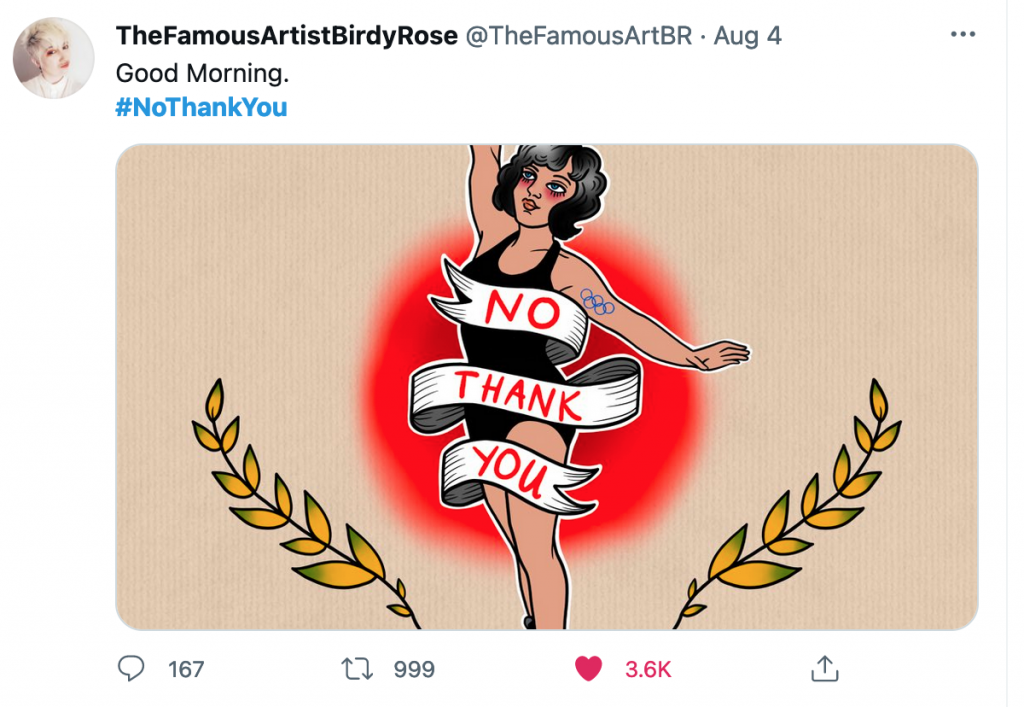 Really, whether she was replying ‘no thank you’ to answering the question, or ‘no thank you’ to the presence of Hubbard is almost immaterial. The athletes refused to kowtow to the outpouring of joy and inclusion that was expected of them.
Really, whether she was replying ‘no thank you’ to answering the question, or ‘no thank you’ to the presence of Hubbard is almost immaterial. The athletes refused to kowtow to the outpouring of joy and inclusion that was expected of them.
In the last 48 hours #NoThankYou has become a trending hastag on Twitter and several artists have already created designs and T shirts bearing the hashtag. TheFamousArtistBirdyRose created the above design which you can see in its full glory here.
The point has been made. It was bloody unfair and we all know it.
I’m told a commentator ‘misgendered’ Hubbard at one point, observing, “That swing cost him… the swing was the issue with that lift.”
But the people who are paying the real cost of this endless, insane genderwoowoo are, of course, women.
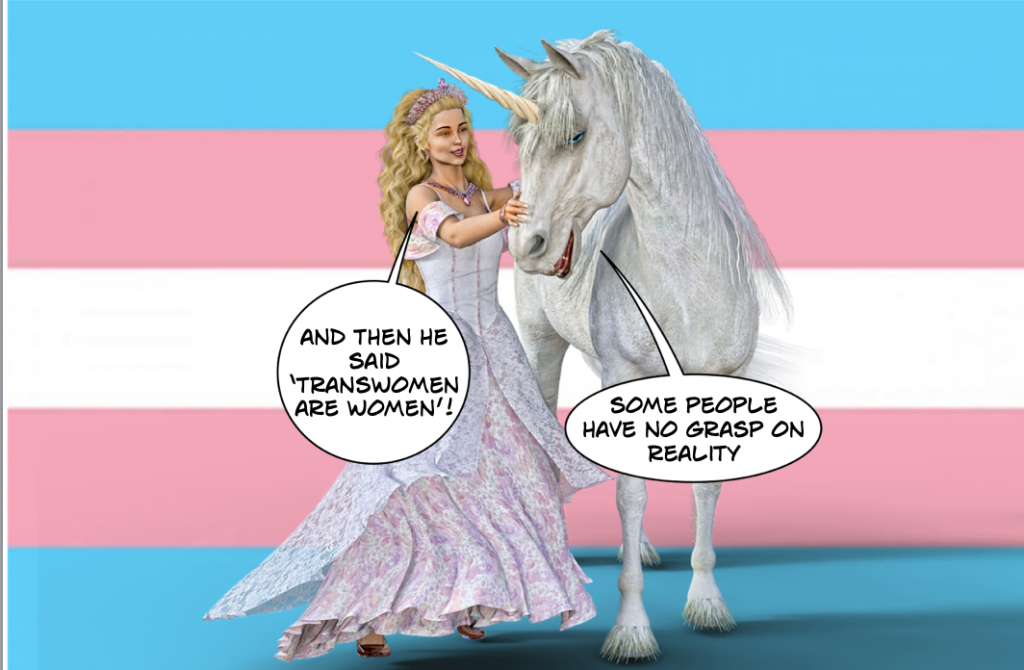

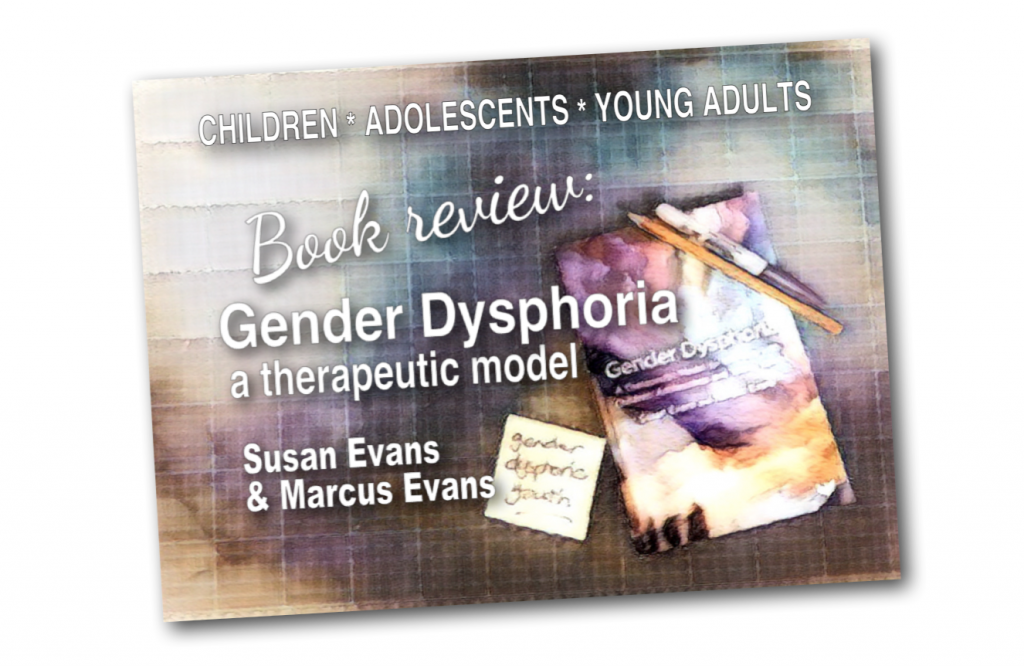



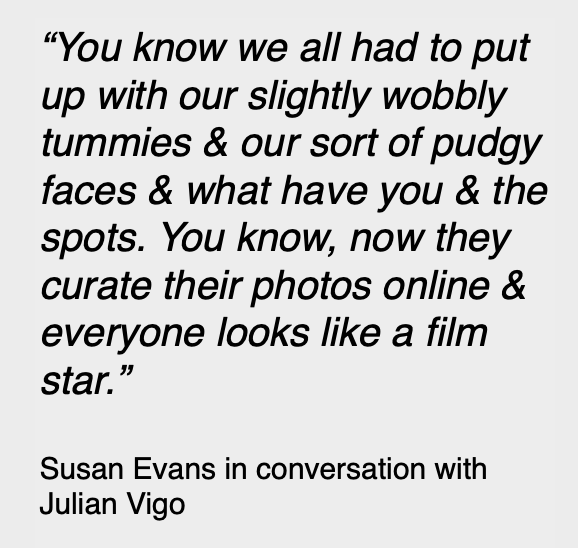 Social media has a large role to play, they suggest, and transgender websites ‘tend to be echo chambers of positivity’. While finding them can feel like a relief for gender dysphoric young people, who may feel they are being offered a new place to belong or provided with a new tribe or family, the Evanses are concerned about the power of social contagion via the internet and point out that some have described the trans community as a cult.
Social media has a large role to play, they suggest, and transgender websites ‘tend to be echo chambers of positivity’. While finding them can feel like a relief for gender dysphoric young people, who may feel they are being offered a new place to belong or provided with a new tribe or family, the Evanses are concerned about the power of social contagion via the internet and point out that some have described the trans community as a cult.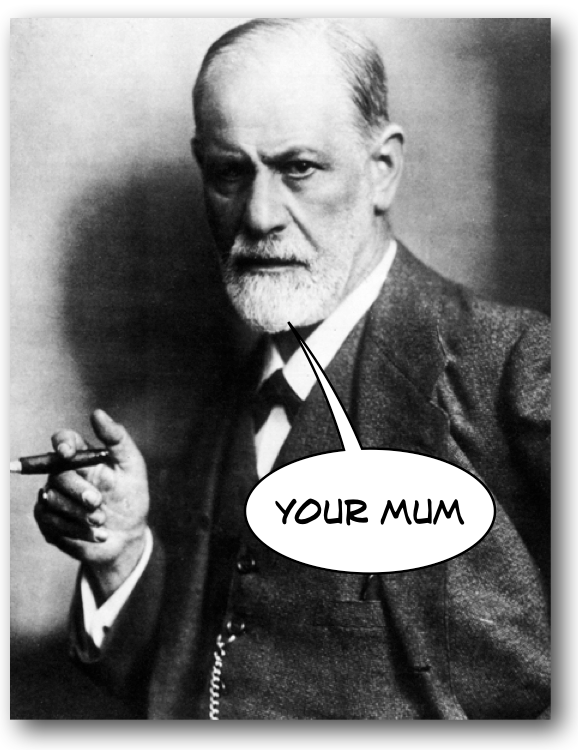 At this point, Freud raises his head, as they discuss envy and rivalry within family dynamics, asserting that ‘we believe unconscious envy has a part to play in the psychology of some trans-identities’.
At this point, Freud raises his head, as they discuss envy and rivalry within family dynamics, asserting that ‘we believe unconscious envy has a part to play in the psychology of some trans-identities’. Dysphoric feelings about the body stem from the mind but this is often denied by those with a trans-identity. In 2015 the diagnosis of ‘gender identity disorder’ was changed to ‘gender dysphoria’ with the aim of reducing stigma. The Evanses believe that one of the dangers of this is that it runs the risk of perpetuating the stigma associated with mental illness.
Dysphoric feelings about the body stem from the mind but this is often denied by those with a trans-identity. In 2015 the diagnosis of ‘gender identity disorder’ was changed to ‘gender dysphoria’ with the aim of reducing stigma. The Evanses believe that one of the dangers of this is that it runs the risk of perpetuating the stigma associated with mental illness. The writers speculate on how doctors who have taken an oath of ‘do no harm’ can manage to justify prescribing medication for young people, observing that many medics may be drawn to this area of practice by a conscious or unconscious enactment of the phantasy/fantasy of their own omnipotence.
The writers speculate on how doctors who have taken an oath of ‘do no harm’ can manage to justify prescribing medication for young people, observing that many medics may be drawn to this area of practice by a conscious or unconscious enactment of the phantasy/fantasy of their own omnipotence.
 They discuss the case of Sarah, who wished to transition and change her name to Steve. Sarah, who was volatile at home, had discovered pro-ana forums online and developed anorexia. Once this seemed to be under control she became gender dysphoric. Her parents felt she was being rushed into transition by child and adolescent services.
They discuss the case of Sarah, who wished to transition and change her name to Steve. Sarah, who was volatile at home, had discovered pro-ana forums online and developed anorexia. Once this seemed to be under control she became gender dysphoric. Her parents felt she was being rushed into transition by child and adolescent services.
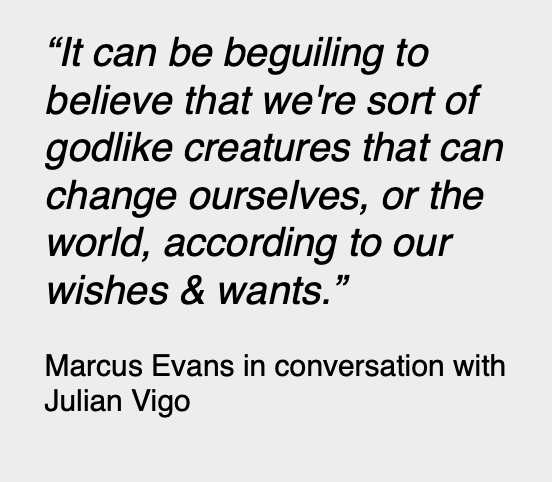 A therapist, reiterate the Evanses, needs to carefully examine the anxieties that threaten to overwhelm a young person. Young people on the autistic spectrum may find it especially hard to deal with the changes brought about by sexual development and may feel they are poorly equipped to deal with adult life.
A therapist, reiterate the Evanses, needs to carefully examine the anxieties that threaten to overwhelm a young person. Young people on the autistic spectrum may find it especially hard to deal with the changes brought about by sexual development and may feel they are poorly equipped to deal with adult life.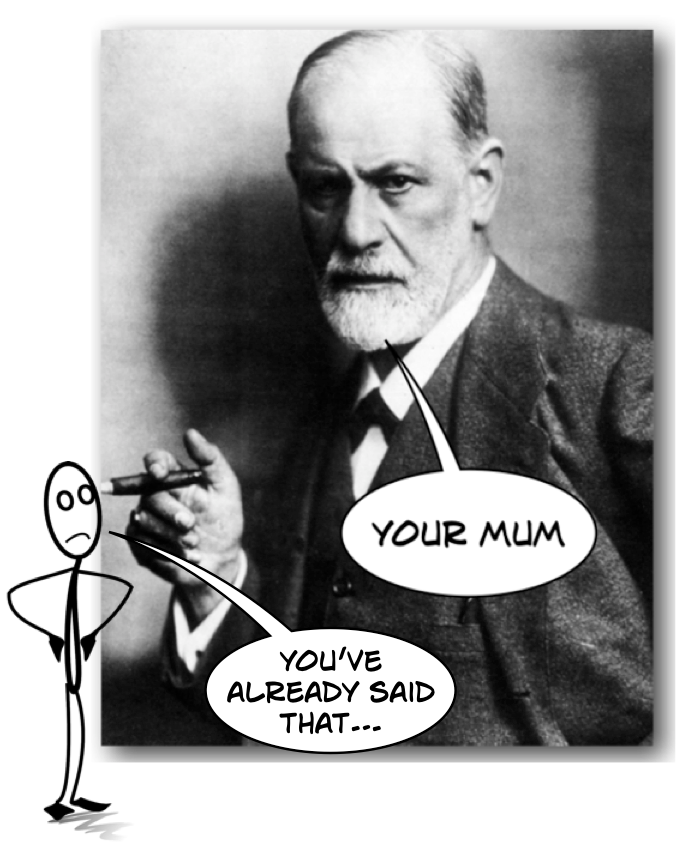 The therapist focused closely on David’s relationship with his family members, especially his mother, seeing his wish to transition as connected to a wish to punish his parents for their failings, and his desire to become a doctor as linked to his desire to protect his mother from his father’s abandonment. At one point David snaps at the therapist:
The therapist focused closely on David’s relationship with his family members, especially his mother, seeing his wish to transition as connected to a wish to punish his parents for their failings, and his desire to become a doctor as linked to his desire to protect his mother from his father’s abandonment. At one point David snaps at the therapist: projects the bad feelings out toward the world. (These bad feelings are the wicked stepmother of fairytales.) This is the paranoid schitzoid position. Eventually the infant settles for the ‘good enough’ mother. Once it’s resigned to this idea, it’s in the ‘depressive position’. In this position guilt about the bad feelings can overwhelm the little one’s ego and it can slip back to the paranoid-schitzoid position. Sometimes the baby can’t stop hating its parents for not being better but it hides these bad feelings from them and turns that anger in on itself.
projects the bad feelings out toward the world. (These bad feelings are the wicked stepmother of fairytales.) This is the paranoid schitzoid position. Eventually the infant settles for the ‘good enough’ mother. Once it’s resigned to this idea, it’s in the ‘depressive position’. In this position guilt about the bad feelings can overwhelm the little one’s ego and it can slip back to the paranoid-schitzoid position. Sometimes the baby can’t stop hating its parents for not being better but it hides these bad feelings from them and turns that anger in on itself.
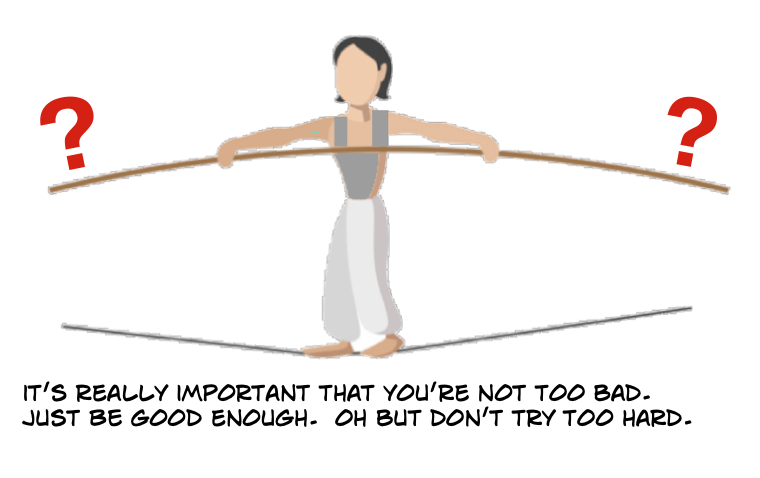
 A psychic retreat is exactly as it sounds: a resting place, away from anxieties, in the patient’s mind.
A psychic retreat is exactly as it sounds: a resting place, away from anxieties, in the patient’s mind.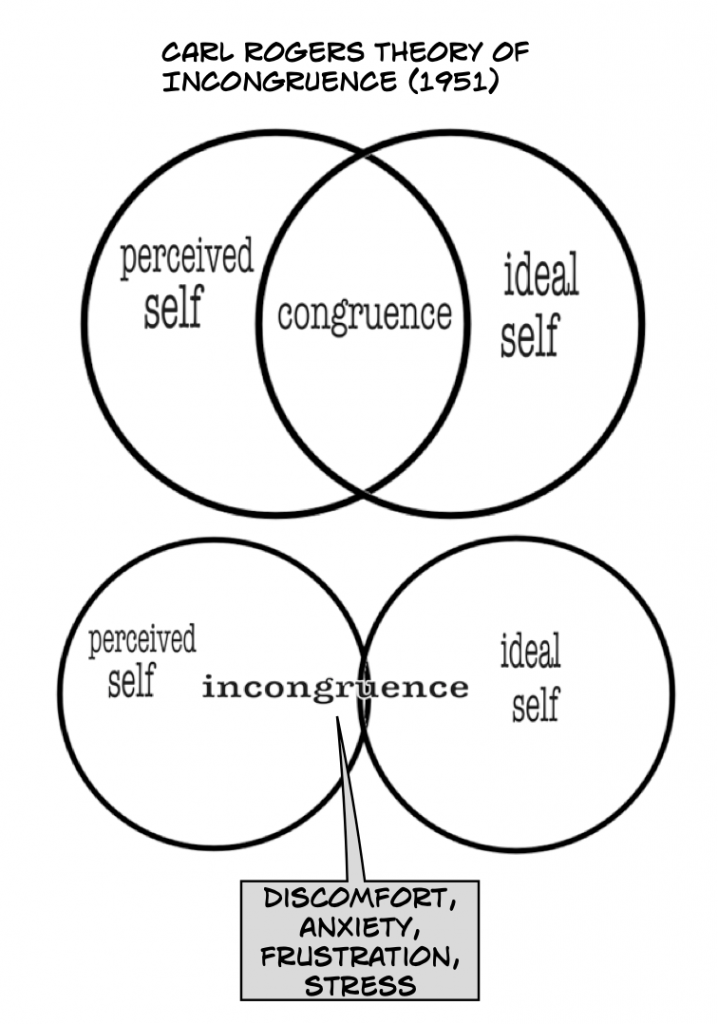 ‘Gender dysphoria’ is now called ‘gender incongruence’ in the International Classification of Diagnoses 11.
‘Gender dysphoria’ is now called ‘gender incongruence’ in the International Classification of Diagnoses 11. in her clothes and make up. His mother was complicit in his claim to be a girl.
in her clothes and make up. His mother was complicit in his claim to be a girl. aroused when wearing women’s clothing or entering their spaces. This could also be seen as an attempt to ‘get inside’ the mother.
aroused when wearing women’s clothing or entering their spaces. This could also be seen as an attempt to ‘get inside’ the mother. A young woman called Samantha is discussed: the therapist concludes that she associates sensitivity with being female and wishes to portray a ‘hard, masculine’ figure as a way to escape what she saw as the weak little girl inside her.
A young woman called Samantha is discussed: the therapist concludes that she associates sensitivity with being female and wishes to portray a ‘hard, masculine’ figure as a way to escape what she saw as the weak little girl inside her. The child’s rejection of their given name can also be a rejection of the parents and/or an attempt to kill off the part of themself they do not like. This rejection should be explored because “psychological maturity and mental health are based on an ability to tolerate different aspects of the personality”.
The child’s rejection of their given name can also be a rejection of the parents and/or an attempt to kill off the part of themself they do not like. This rejection should be explored because “psychological maturity and mental health are based on an ability to tolerate different aspects of the personality”.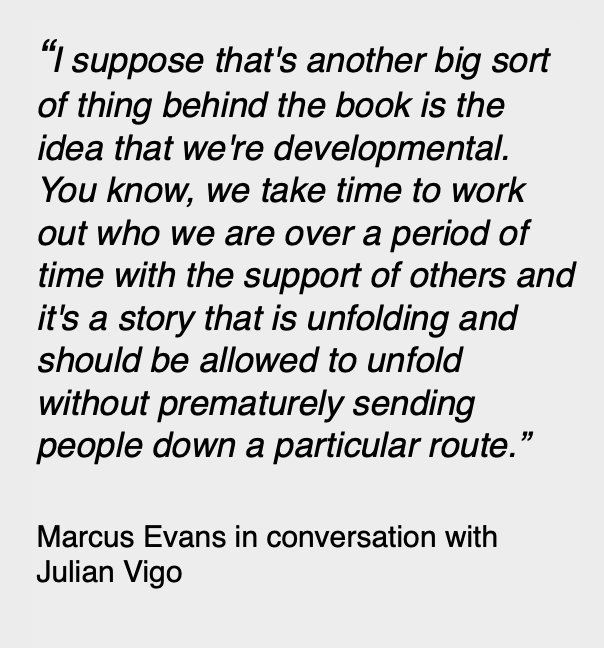
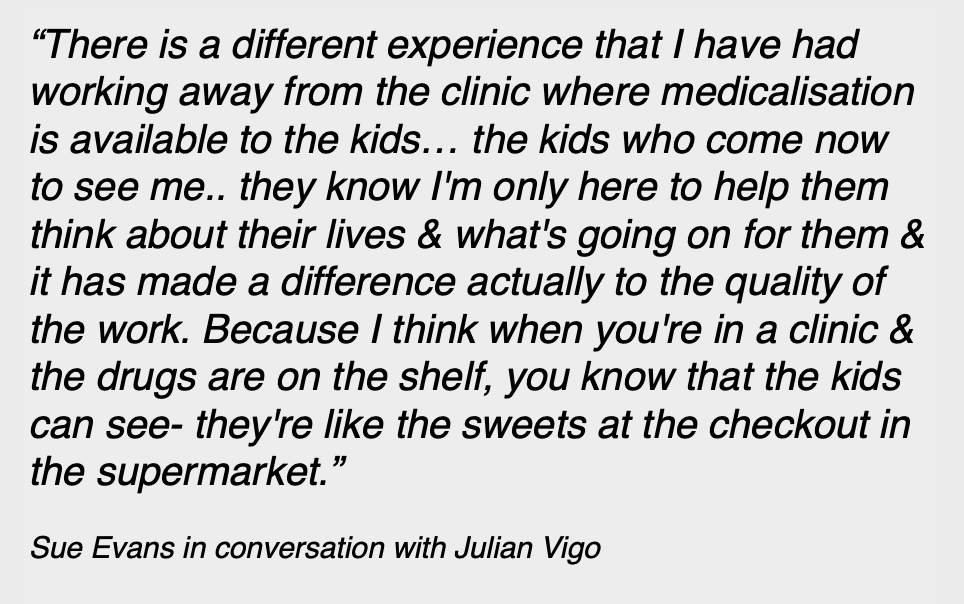
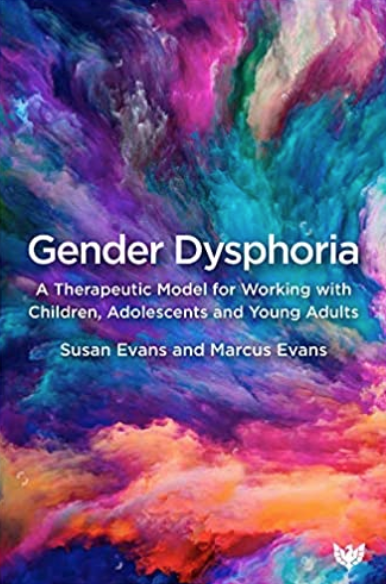 You can purchase a copy of ‘
You can purchase a copy of ‘